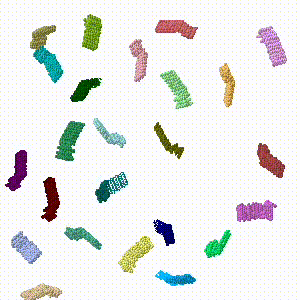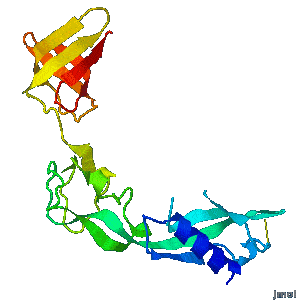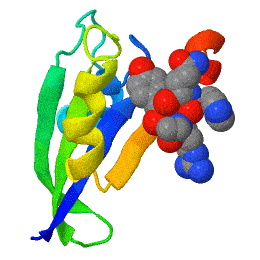Main Page
From Proteopedia
| Line 3: | Line 3: | ||
<td colspan="3" style="background:#F5F5FC; border:1px solid #ddd;"> | <td colspan="3" style="background:#F5F5FC; border:1px solid #ddd;"> | ||
| - | <!-- FIXED: no float | + | <!-- FIXED: ISSN block is right-aligned, no float --> |
| - | <div style="text-align:right; font-size:1.2em; padding:5px 10px | + | <div style="text-align:right; font-size:1.2em; padding:5px 10px;"> |
<b><i>ISSN 2310-6301</i></b> | <b><i>ISSN 2310-6301</i></b> | ||
</div> | </div> | ||
Revision as of 16:22, 30 September 2025
ISSN 2310-6301
As life is more than 2D, Proteopedia helps to bridge the gap between 3D structure & function of biomacromolecules
Proteopedia presents this information in a user-friendly way as a collaborative & free 3D-encyclopedia of proteins & other biomolecules.
|
||||||||
| Selected Research Pages | In Journals | Education | ||||||
|---|---|---|---|---|---|---|---|---|
|
|
|
||||||
|
How to add content to Proteopedia Who knows ... |
Teaching strategies using Proteopedia |
|||||||
|
||||||||




